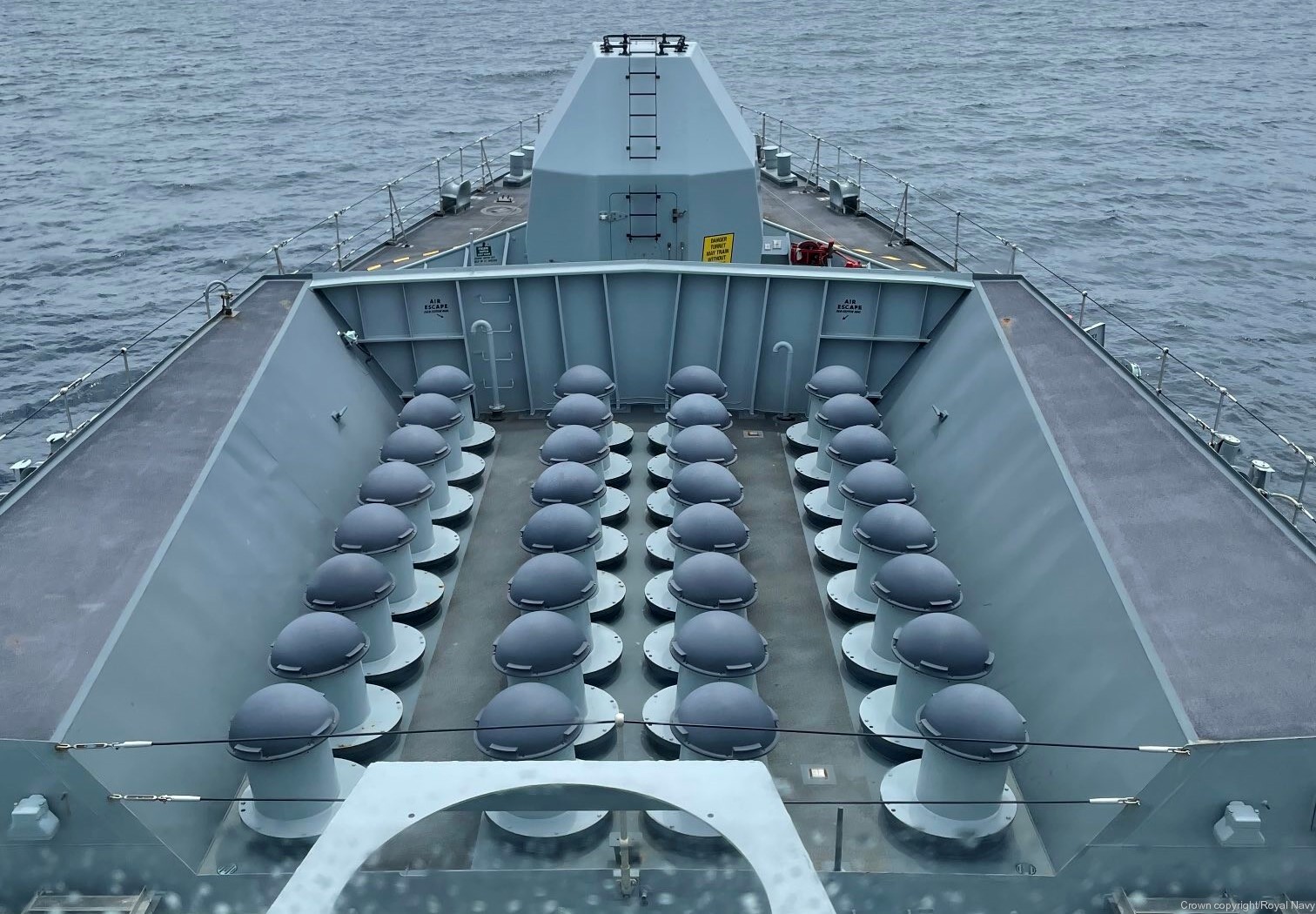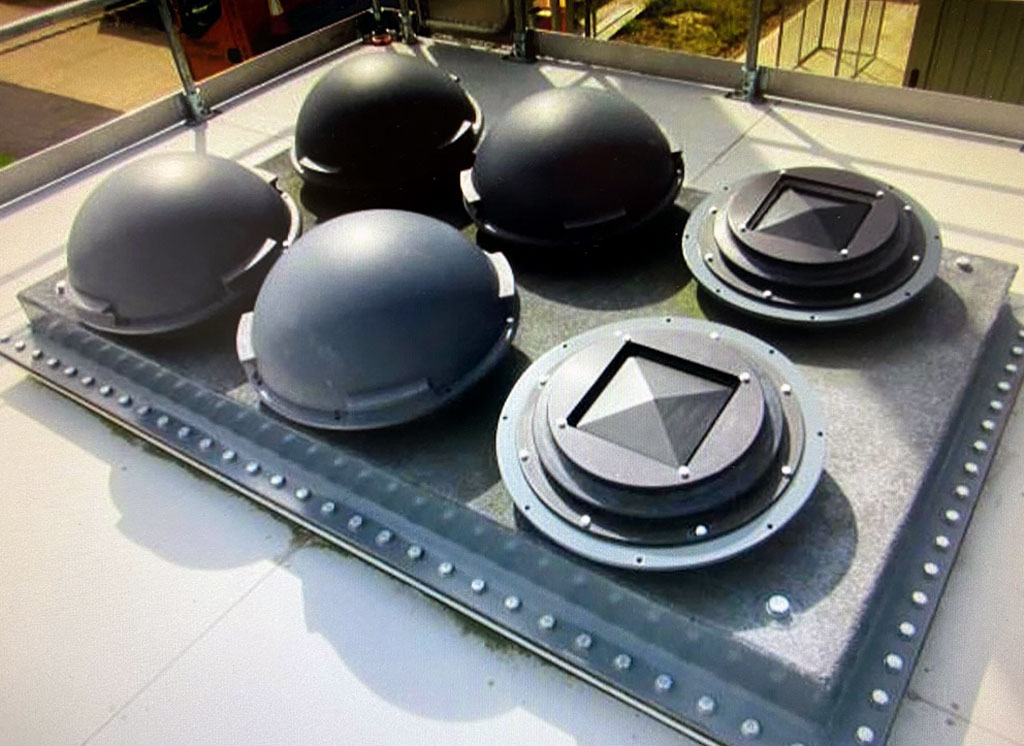Some points further to the discussion on the massively (7x) increased air defence capability of upgraded Mogami over our current ANZACs.
1. Quad Packing
1. The MBDA Missile Systems CAMM
data sheet confirms that Sea Ceptors can be quad packed in Mk 41 VLS systems. The upgraded Mogami-class frigates have 32-cell Mark 41 Vertical Launch Systems. That's potentially 128 Sea Ceptor missiles, plus the 21 RIM-116 Rolling Airframe Missiles of the SeaRAM SAM-based CIWS, plus 8 anti-ship missiles.
2. Gaming Changing Increase in Missile Defence
The above load out provides a 157 missile battery per frigate, a game changing step up from the 20 missiles our ANZACs currently carry. The upgraded Mogami's now give us more than 7 times the defensive missiles than our ANZACs.
Todjaeger also raises some interesting points that I would like to offer replies to...
Sea Ceptor and RAM are both in more or less the same class of missile, namely a VSHORAD/SHORAD missile, albeit at opposite ends of that particular spectrum. Unless there was some sort of significant advantage to keeping the RIM-116 RAM also side any Sea Ceptors, I would opt to drop the RAM and just have Sea Ceptors loaded. One type of missile would simply logistics and in the same air defence space, Sea Ceptor has IMO a greater scope of capability.
3. Area Air Defence
enable a vessel to provide robust self-defence vs. most aerial threats as well as a defensive air bubble relatively close to a frigate, it would still be well short of providing a real area air defence capability
I would politely disagree as I feel Sea Ceptor does allow a real area air defence capability. A 13nm bubble around each frigate provides over 500 nm2 defence. This does provide a local area air defence, which is perfect for the role of escort. The 1st December 2023 successful testing of Te Mana's Sea Ceptors in the Eastern Australian Exercise Area confirmed our navy's ability to now provide successful Local Area Air Defence. We have now moved from a defend self to defend others capability. We can now protect the ships we need to escort. LAAD is a real area air defence capability, is a massive improvement in the RNZN naval power and opens both the naval escort role and the localized fleet air defence role. In March 2024 HMS Richmond successfully used her Sea Ceptors against Houthi drone attacks.
I understand you disagree regarding area air defence, but in reality area air defence is much larger than a local bubble around one ship and out to the horizon. Examples of missiles intended for the area air defence role would be Aster 30 (120 km+ range), RIM-67 Standard (SM-2 120 km+ range), or RIM-174 Standard (SM-6 240 km+ range).
A TF formation needs a bit of room to move and maneuver as well as to avoid interfering with each other.
Here is an interesting diagram of an air defence config around a USN CBG from the 1980's. Unfort it does not provide any real distance references, but if one keeps in mind that the ASW escort screening vessels are each likely to be ~8-10 km away from the carrier, that should help provide some kind of scale.
4. Range
the limited range of ~25 km (13nm)
Should a longer range air defence umbrella be required the solution is simple. Just load some of the VLS cells with Camm-ERs in place of standard CAMMs. This doubles the range targets can be struck at, out to the standard radar horizon of some 25nm+, and provides some two thousand square nautical miles of air defence.
5. Layered Defence
air defence umbrellas usually try have things arranged in layers, to enable time to respond to inbounds.
A 75/25 loadout split between CAMM-ER and CAMM would for give each frigate a very flexible response of 24 longer range CAMM-ER SAMs, 32 mid-range CAMMs and 21 close in RIM-116s. This would allow each frigate to provide a three layered protective air defence umbrella over itself and its escorted vessels .
A few potential problems come to mind. Firstly, has the CAMM-ER be adapted for naval use? Sea Ceptor is the naval variant of CAMM, whilst Sky Sabre is the land-based version, but I have not seen confirmation that the -ER version of CAMM has been adapted for naval use.
Secondly, even if/when CAMM-ER has a Sea Ceptor version, that would still only provide a short to medium-range air defence missile. The long-ranged air defence missiles are typically 100 km+ in range, with newer versions typically going even further. Part of the reason behind the push to increase max missile range is to provide greater defensive depth to an engagement, but also because threats are increasing their ranges. By having a longer ranged missile available, that could enable hostile aircraft to get engaged during or just prior to their launching a missile strike.
Also, as previously mentioned RIM-116 RAM and Sea Ceptor are effectively in the same class of missiles, so they would both be in that inner most layer of an air defence umbrella.





